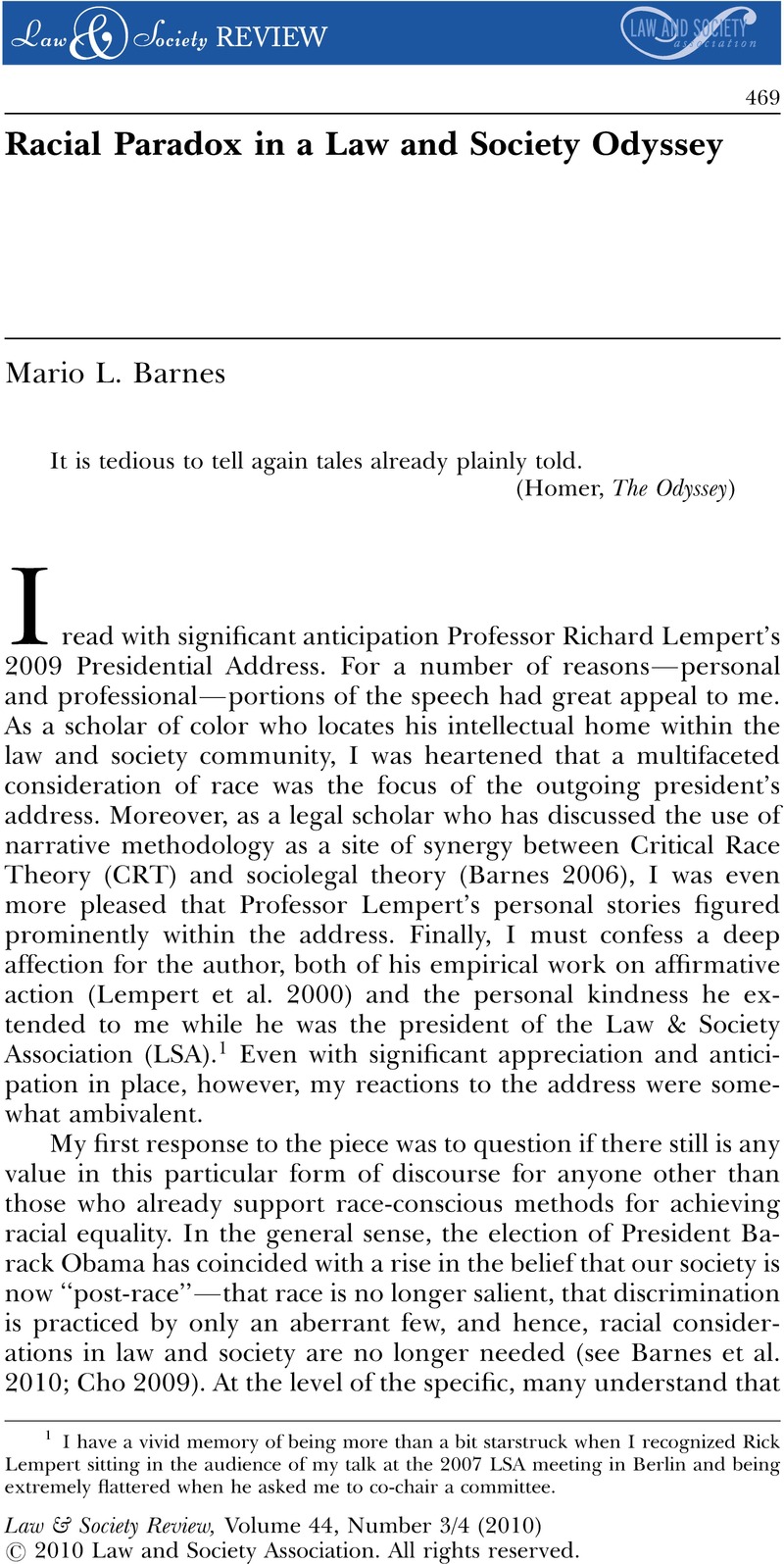Crossref Citations
This article has been cited by the following publications. This list is generated based on data provided by Crossref.
Lawrence, Charles
2012.
Listening for Stories in All the Right Places: Narrative and Racial Formation Theory.
Law & Society Review,
Vol. 46,
Issue. 2,
p.
247.



